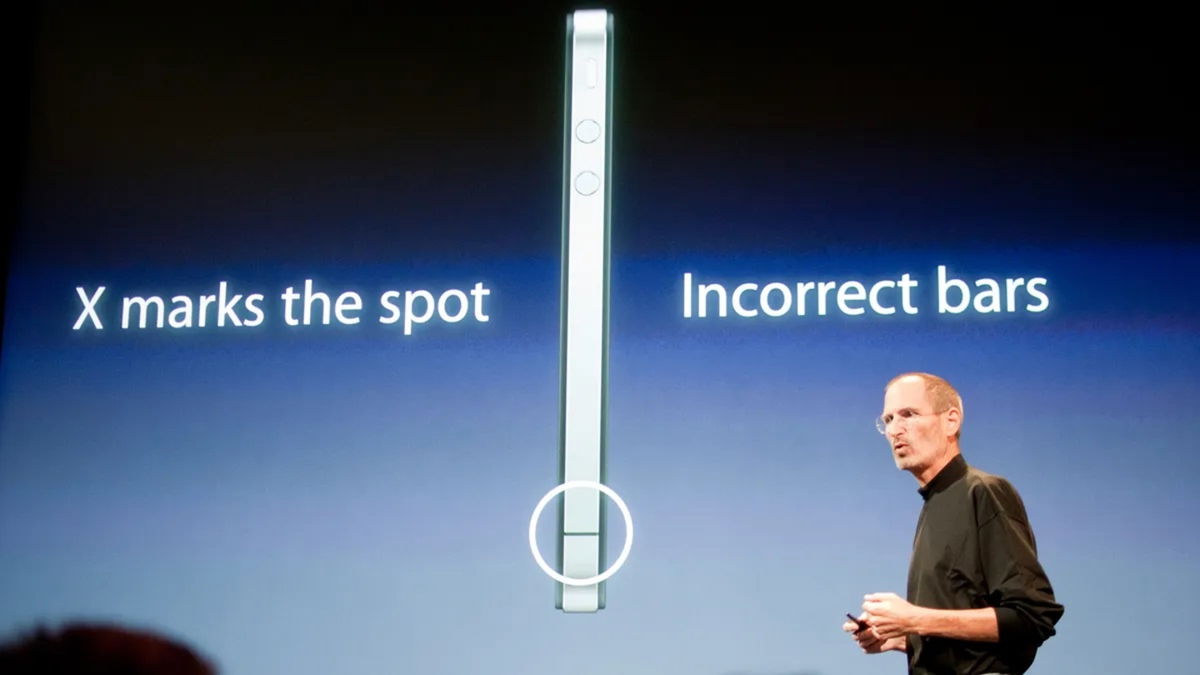A new discovery by researchers at Hokkaido University in Japan challenges our traditional understanding of covalent bonds but confirms a theory proposed by Nobel Prize winner Linus Pauling in 1931. This is the first direct observation of a one-electron carbon-carbon bond. .
Covalent bonds, called sigma, in which two atoms join by sharing a pair of electrons, form the supporting framework of most organic compounds. However, the famous American chemist suggested: Covalent bonds formed by a single electron may exist in a weaker form than standard bonds..
The study, recently published in the journal Nature, explains: “Although many pioneering studies have reported single-electron bonds between heteroatoms, Direct evidence for single electron bonds between carbon atoms is unavailable“.
Observing the one-electron carbon-carbon bond
It’s not easy Isolate carbon atoms bonded by a single electron. This is because, unlike traditional sigma bonds (containing two shared electrons), covalent interactions with only one electron leave the bond highly reactive and not very coherent, challenging the idea of a strong and stable covalent bond.
The solution the team adopted was to create a compound that would stabilize the bond. To do this, the researchers performed the oxidation reaction of a hexaphenylethane derivative. According to the statement, the element “involves a highly stretched paired electron covalent bond between two carbon atoms, an oxidation reaction in the presence of iodine.”
The result, confirmed using Raman spectroscopy, was dark purple crystals observed by x-ray diffraction: He showed that two long carbon atoms approach each other due to the formation of a single covalent electron between them.
How important is the discovery of the one-electron covalent bond?
taken into account Carbon, the most versatile and ubiquitous element on Earth, plays a fundamental role both in biology and in the materials and products we use on a daily basis. The list ranges from proteins, carbohydrates, lipids and nucleic acids to plastics, fuels, construction materials and cleaning, cosmetics and technological products.
Co-author Yusuke Ishigaki, a professor at Hokkaido University, emphasized in a press release that “explaining the nature of one-electron sigma bonds between two carbon atoms is essential for a deeper understanding of chemical bond theories and will provide more information about these theories.” chemical reactions”,
The discovery represents a significant advance in our fundamental understanding of chemical bonds, especially since it involves carbon, an important element in organic chemistry and biochemistry. Although he is not yet sure of the possible practical applications of the new research, Ishigaki noted that it will definitely “be in the textbooks” due to its originality.
Did you like the content? Stay up to date with chemistry and physics discoveries like this at TecMundo and get a look at the first 3D photograph of an atom.
Source: Tec Mundo
I’m Blaine Morgan, an experienced journalist and writer with over 8 years of experience in the tech industry. My expertise lies in writing about technology news and trends, covering everything from cutting-edge gadgets to emerging software developments. I’ve written for several leading publications including Gadget Onus where I am an author.












